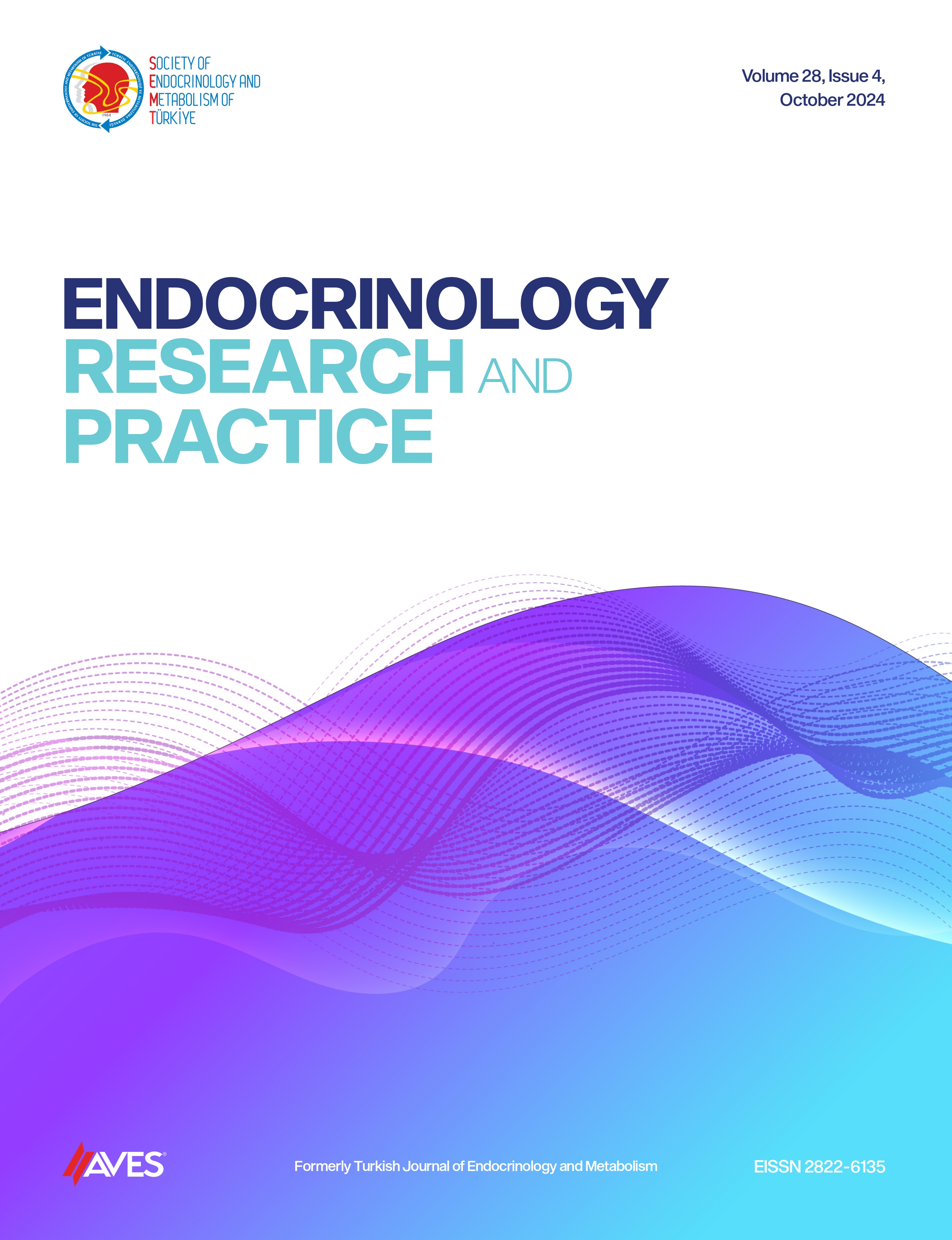Objective: We aimed to identify the risk factors for the development of diabetes mellitus after transplantation in liver recipients.
Methods: Two hundred twenty-seven patients with a follow-up period >8 months after liver transplantation were included in the study. The clinical and laboratory data of patients with post-liver transplantation diabetes mellitus and without post-liver transplantation diabetes mellitus were compared.
Results: Of the 227 patients, 61 patients were diagnosed with diabetes mellitus in the pretransplantation period. Twelve percent of the patients (20 patients) were diagnosed with post-liver transplantation diabetes mellitus and 146 patients were not diagnosed with diabetes mellitus. We found that post-liver transplantation diabetes mellitus was associated with advanced age (95% CI: 1.002-1.142). Male liver recipients were diagnosed with a higher rate of post-liver transplantation diabetes mellitus than female recipients (15.5% and 5.4%, respectively; P = .045). Pretransplantation fasting plasma glucose levels were higher in patients with post-liver transplantation diabetes mellitus than without post-liver transplantation diabetes mellitus, which was not statistically significant (P = .097). While 22.2% of patients with post-liver transplantation diabetes mellitus had complications after transplantation, 14.2% of the patients without post-liver transplantation diabetes mellitus had complications after transplantation (P = .370).
Conclusion: As post-liver transplantation diabetes mellitus is associated with graft failure and increased mortality and morbididy, candidates for liver transplantation should be screened for risk factors of diabetes, and blood work for diabetes mellitus should be done regularly in these patients. Since patients with advanced age, male gender, and higher fasting plasma glucose levels in the pretransplantation period have higher risk for the development of post-liver transplantation diabetes mellitus, these cases should be screened more carefully.
Cite this article as: Aydoğan Ünsal Y, Öz Gül Ö, Göktuğ MR, et al. Risk factors and outcomes of the post-liver transplantation diabetes mellitus. Turk J Endocrinol Metab. 2022;26(3):136-140.

-1(1).png)

.png)
.png)